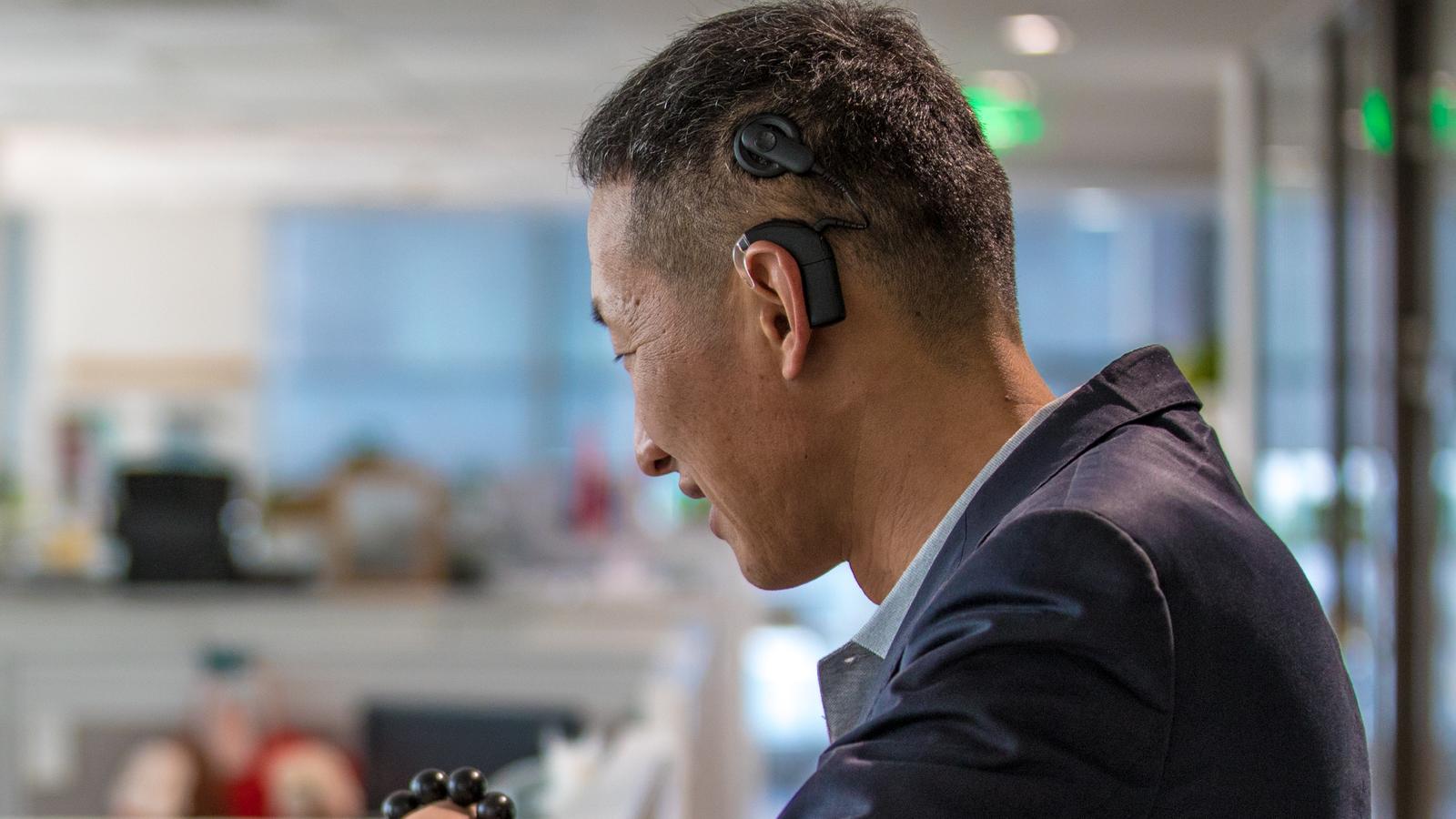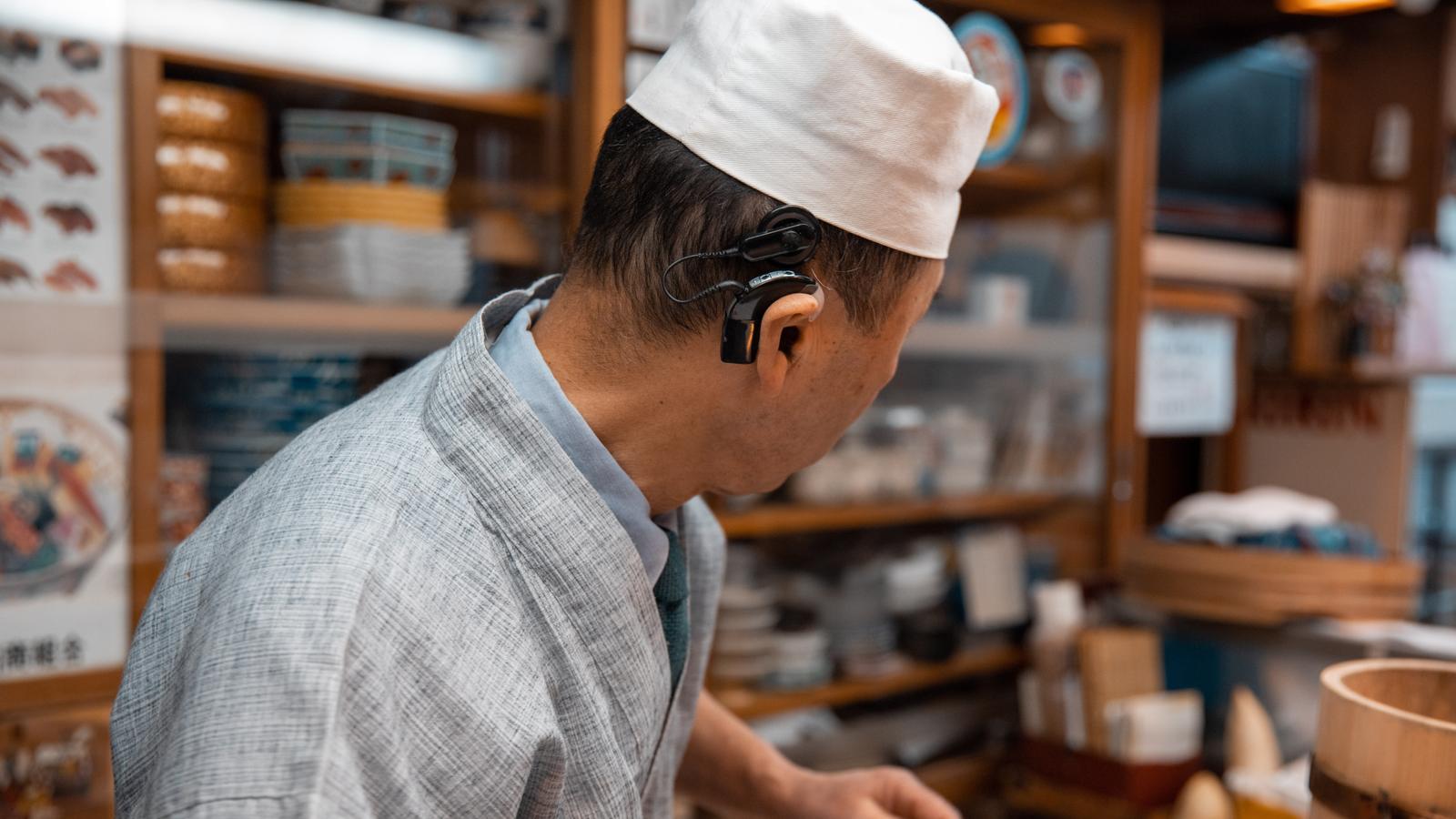How cochlear implants work
We design cochlear implants to replace the function of the inner ear that isn't working. Learn how implant systems process sound.

What you'll find on this page
- How cochlear implants produce clearer sound.
- The two parts of a cochlear implant system.
How cochlear implants produce clearer sound
Cochlear implants replace the function of damaged sensory hair cells inside the inner ear.
Unlike hearing aids, which mostly make sounds louder, cochlear implants may further improve the clarity of sound and enhance your ability to understand conversations.1,2,3
A cochlear implant system has two parts:
-
the external sound processor
-
surgeons put the implant under the skin and attach it to an electrode array that’s placed in the inner ear.
Together, the sound processor and implant bypass the part of the ear that isn’t working, sending sound straight to the hearing nerve.
Back in touch with the sounds of life
Hearing loss forced Karl Klenner to withdraw from people around him because he thought they wouldn’t miss his contribution.
Now, Karl has the confidence to get more involved with co-workers, friends and family. He enjoys being part of conversations that are clearer and easier for him to follow.
Watch his story.
“What’s great about the Nucleus 8 [Sound Processor] are the features that come with it − the audio streaming from the phone to allow you to make phone calls, talk to people, and obviously listening to music...”
- Bernie, Cochlear™ Nucleus® Implant recipient
Find a hearing implant specialist near you

Disclaimer
This content is intended for professionals. If you are a consumer, please seek advice from your health professional about treatments for hearing loss. Outcomes may vary, and your health professional will advise you about the factors which could affect your outcome. Always follow the directions for use. Not all products are available in all countries. Please contact your local Cochlear representative for product information.
For a full list of Cochlear’s trademarks, please visit our Terms of Use page.
References
- Fitzpatrick EM, Leblanc S. Exploring the factors influencing discontinued hearing aid use in patients with unilateral cochlear implants. Trends in Amplification. 2010, 14; (4): 199–210.
- Rumeau C, Frere J, Montaut-Verient B, Lion A, Gauchard G, Parietti-Winkler C. Quality of life and audiologic performance through the ability to phone of cochlear implant users. Eur Arch Otorhinolaryngol. 2015, 272: 3685–3692.
- Runge CL, Henion K, Tarima S, Beiter A, Zwolan TA. Clinical outcomes of the Cochlear™ Nucleus®5 cochlear implant system and SmartSound™2 signal processing. J Am Acad Audiol. 2016, 27; (6): 425–440.






